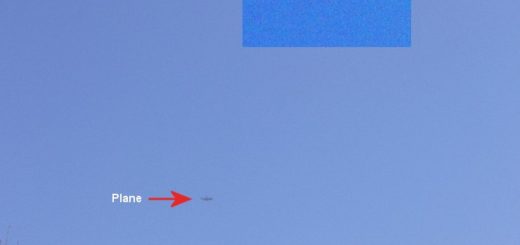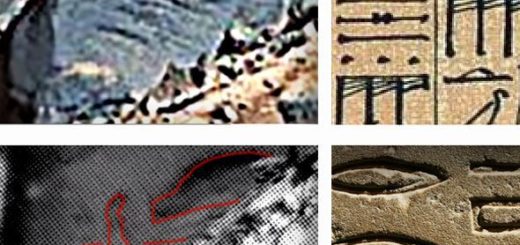Kiso 5639: A Rare ‘Skyrocket’ Galaxy In New Images By Hubble Space Telescope

– A spectacular fireworks display in a small, nearby galaxy, which resembles a July 4th skyrocket, has been captured by NASA’s Hubble Space Telescope.
Observations of the early universe, such as Hubble’s Ultra Deep Field, reveal that about 10 percent of all galaxies have these elongated shapes, and are collectively called “tadpoles.”
Images show one of such galaxies, namely, Kiso 5639.
Kiso 5639 is the dwarf galaxy, shaped like a flattened pancake, but because it is tilted edge-on, it resembles a skyrocket, with a brilliant blazing head and a long, star-studded tail.
Kiso 5639 is a rare, nearby example of elongated galaxies that occur in abundance at larger distances, where we observe the universe during earlier epochs.
“I think Kiso 5639 is a beautiful, up-close example of what must have been common long ago,” said lead researcher Debra Elmegreen of Vassar College, in Poughkeepsie, New York.
“The current thinking is that galaxies in the early universe grow from accreting gas from the surrounding neighborhood. It’s a stage that galaxies, including our Milky Way, must go through as they are growing up.”
The galaxy, located 82 million light-years away, has taken billions of years to develop because it has been drifting through an isolated “desert” in the universe, devoid of much gas.
Observations of the early universe, such as Hubble’s Ultra Deep Field, reveal that about 10 percent of all galaxies have these elongated shapes, and are collectively called “tadpoles.”
But studies of the nearby universe have turned up only a few of these unusual galaxies, including Kiso 5639.
The development of the nearby star-making tadpole galaxies, however, has lagged behind that of their peers, which have spent billions of years building themselves up into many of the spiral galaxies seen today.
Hubble’s Wide Field Planetary Camera 3 helps to conduct a detailed imaging study of Kiso 5639.
What triggered the starburst in such a backwater galaxy?
Based on simulations by Daniel Ceverino of the Center for Astronomy at Heidelberg University in Germany, and other team members, the observations suggest that less than 1 million years ago, Kiso 5639’s leading edge encountered a filament of gas. The filament dropped a large clump of matter onto the galaxy, stoking the vigorous star birth.



 Creators of mankind
Creators of mankind Description of “Tall white aliens”
Description of “Tall white aliens” Where they came from?
Where they came from? About hostile civilizations
About hostile civilizations The war for the Earth
The war for the Earth “Tall white aliens” about eternal life
“Tall white aliens” about eternal life Video: “Nordic aliens”
Video: “Nordic aliens” Aliens
Aliens Alien encounters
Alien encounters The aliens base
The aliens base UFO
UFO Technology UFO
Technology UFO Underground civilization
Underground civilization Ancient alien artifacts
Ancient alien artifacts Military and UFO
Military and UFO Mysteries and hypotheses
Mysteries and hypotheses Scientific facts
Scientific facts


















